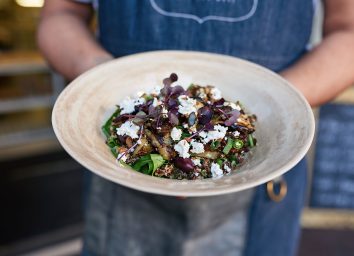You Won't Believe These Grocery Shopping Tricks Actually Work
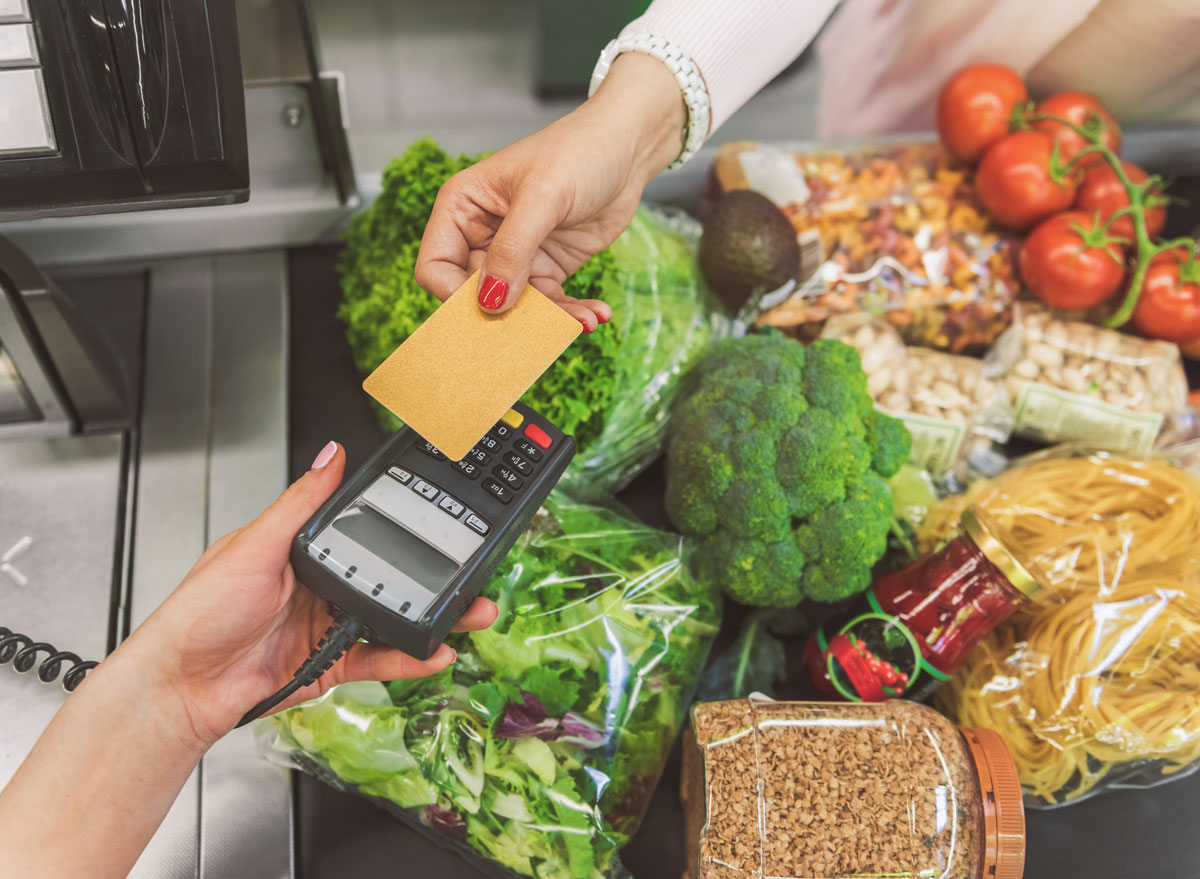
Ever wonder where all of your money goes? Take a look in your fridge and pantry for a hint. In fact, according to the U.S. Bureau of Labor Statistics Consumer Expenditure Survey, the average American household spends 10% of its annual budget grocery shopping. Particularly now, having enough grub for breakfast, lunch, dinner, and snacks is essential, but it could also be running your budget sky-high. Though we don't know when quarantine will end, there are some savvy, sneaky ways to save. Here, we talked with shopping and financial experts who spilled secret insights. And if you need more grocery shopping tricks and tips, make sure to sign up for our newsletter.
Switch to store brands.
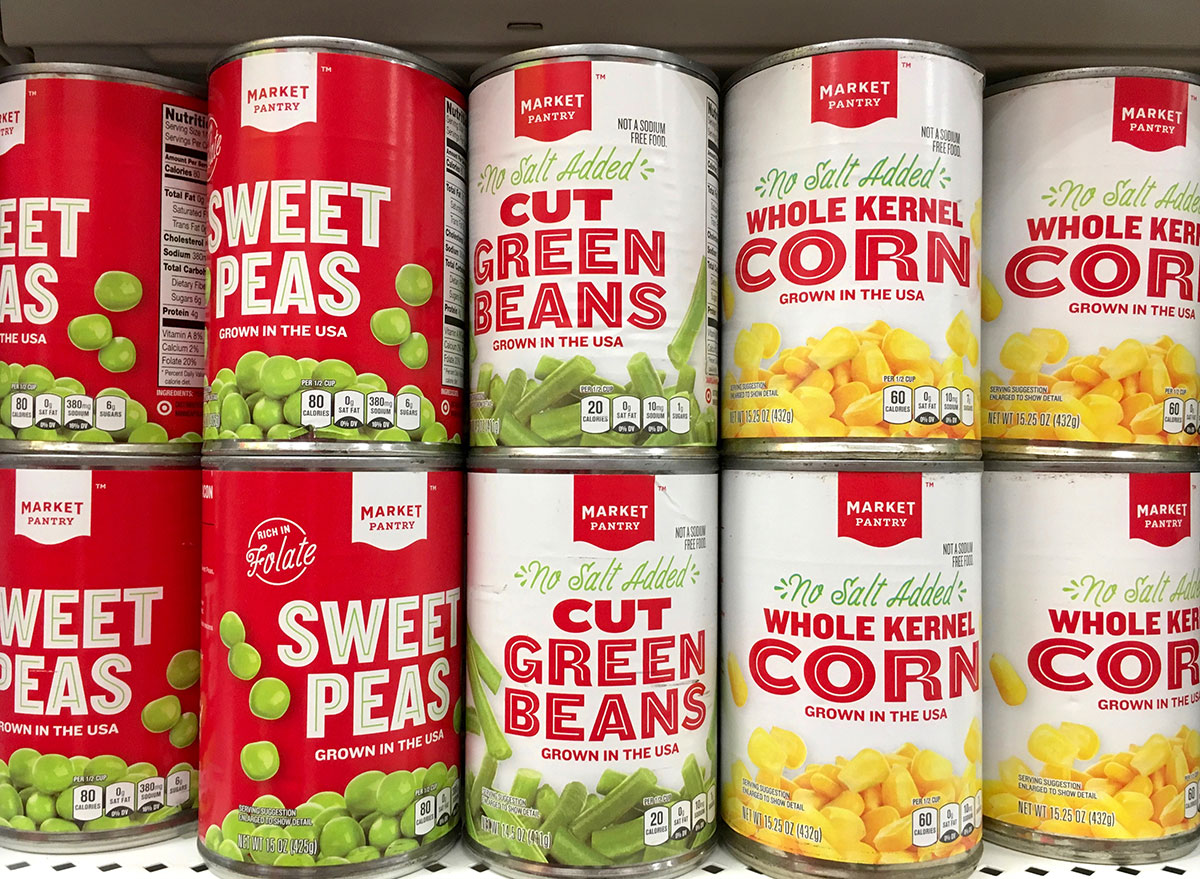
Many people will choose brand-name products because they are familiar with labels, or it's what they've "always bought" so they don't shop around. This is a missed opportunity to save on groceries, according to Sara Skirboll, RetailMeNot's shopping and trends expert. She says many of the store brands are just as great as their pricier competitors.
"You're sometimes paying for the cooler packaging for the brand you're familiar with when the ingredients are similar to the generic version," says Skirboll. "This, of course, does not apply to all products, but think more along the lines of paper supplies, condiments and sauces, and even some cleaning products."
The next time you're picking up your goods, compare the store brand's ingredients to the name-brand. Make the switch if there aren't any red flags (a.k.a. added sugars or chemicals).
Keep track of tasty recipes that include frozen and pantry staples.

There's no way around it: fresh, organic produce is far more expensive than frozen or canned veggies. While having a newly-harvested head or broccoli can add a different flavor and texture, it offers the same nutritional values as those frozen broccoli florets a few aisles down. And is likely, half the price. That's why financial guru and entrepreneur Dr. Roshawnna Novellus, the founder and CEO of EnrichHER.com, suggests adding recipes into your rotation that include frozen and pantry items.
Better yet, look for the many ways they can be used across your dishes. For example, chickpeas are the affordable center of many vegetarian meals.
"You can use them to make this delicious Roman pasta, or you can roast them with spices and use them as a salad topper," says Novellus. "You could also find many ways to use other pantry staples, like lentils, rice, or canned tomatoes."
Earn points with the right credit card.

Shopping expert Trae Bodge says that paying for your groceries should be a more calculated decision than many think. As she explains, by choosing a debit card or cash as your form of payment, you aren't receiving any kickback. However, if you select a rewards credit card that benefits grocery shopping purchases, you'll actually make money back.
You can read the fine print of your current plastic to figure out their deals. Bodge recommends the Amazon Prime Visa Rewards Card, which will give you an impressive 5% cashback when you shop at Whole Foods.
Start in the back of the store first.
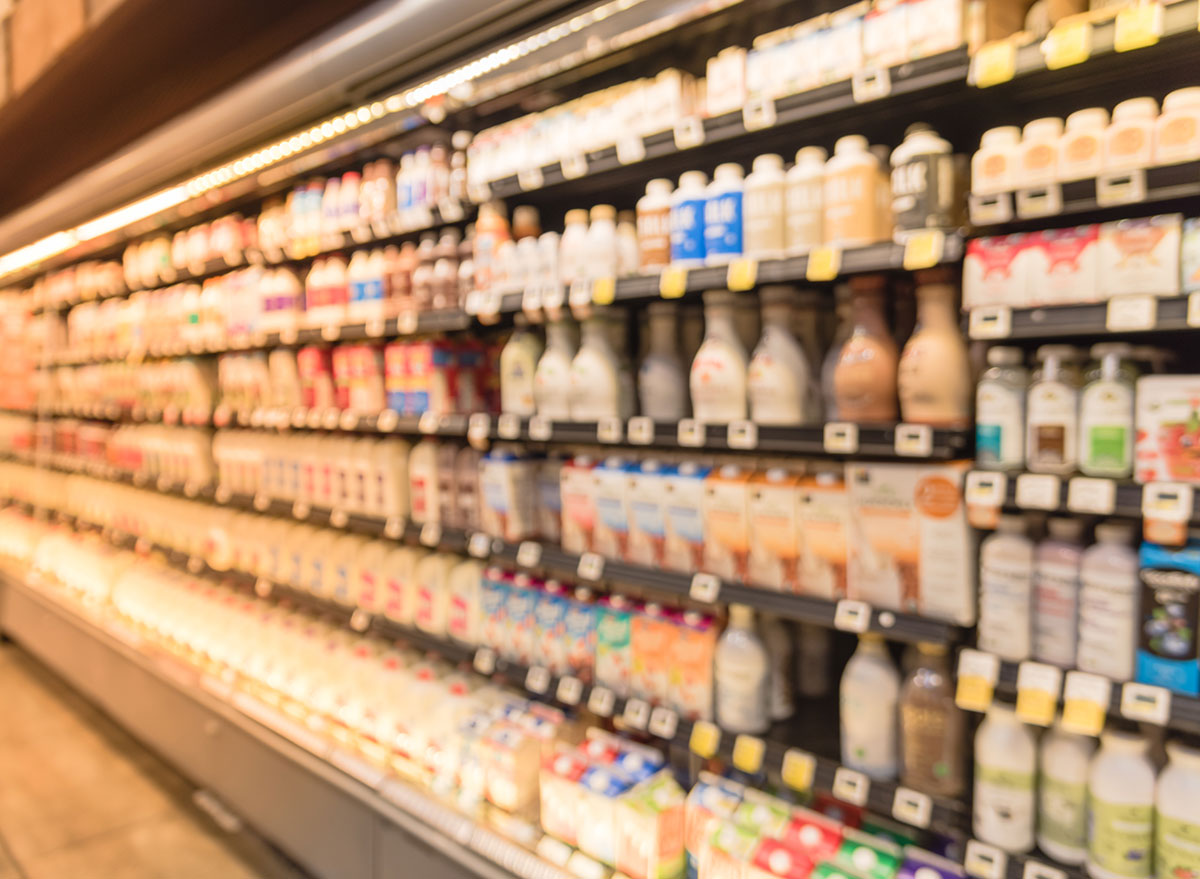
When you first enter your local grocery store, where do you head after picking up your cart? Believe it or not, Skirboll says the layout of many markets is designed to entice you to spend more. How so? The necessities—milk, eggs, butter, meat—are often located in the back. This forces you to walk through many sections and thus seeing lots of tempting food items before arriving at the area. And typically, fresh produce is the first section, which usually has a higher price tag. So, if you do a bee-line for what you need first? You'll likely spend less—and get your steps in, too!
Buy essentials in bulk.

If you have space, don't think twice about buying in bulk, Bodge recommends. She recommends items like toilet paper, snacks, coffee, and other pantry essentials that you know you'll use daily. She also recommends checking out a deal site, like CouponCabin or RetailMeNot, for additional savings opportunities. Sometimes they will have specials that take off 5% to 20% when you shop at bulk retailers like Costco or Sam's Club.
Take inventory before you leave the house.

Technically this is a tip outside of the grocery store—but it's an important one. How often do you buy an extra box of something "just in case" you're about to run out at home? By taking an additional ten minutes before you leave to inventory your fridge, freezer, and pantry, Dr. Novellus says you'll end up spending less. She suggests asking yourself these questions:
- What am I running out of that needs replenishing?
- What is nearing its use-by date that I need to be sure to eat this week?
- What do I need this week—and what can wait?
"Checking on these things before you leave cuts down on duplicate buys on the same item and helps to avoid that same-recipe rut, too," she says.
Ask for a rain check.
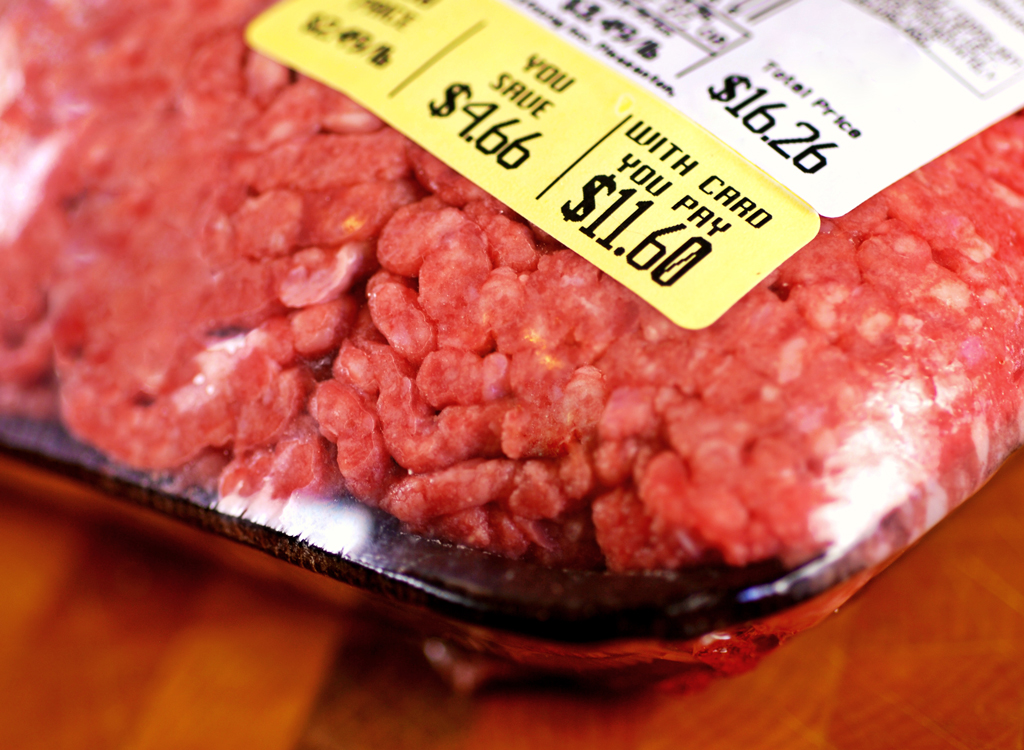
When a friend asks if you're free for a happy hour date, and you're busy, what do you ask for? A rain check, right? The same approach works at a grocery store, too, according to Skirboll. If an item is on sale and no longer available in-store, ask an employee for a rain check. Then, when it's back on the shelves, you can buy the item at the sale price. Though there are certain limitations, most establishments will honor your request since it's a forgotten practice.
Use coupons and gift cards.
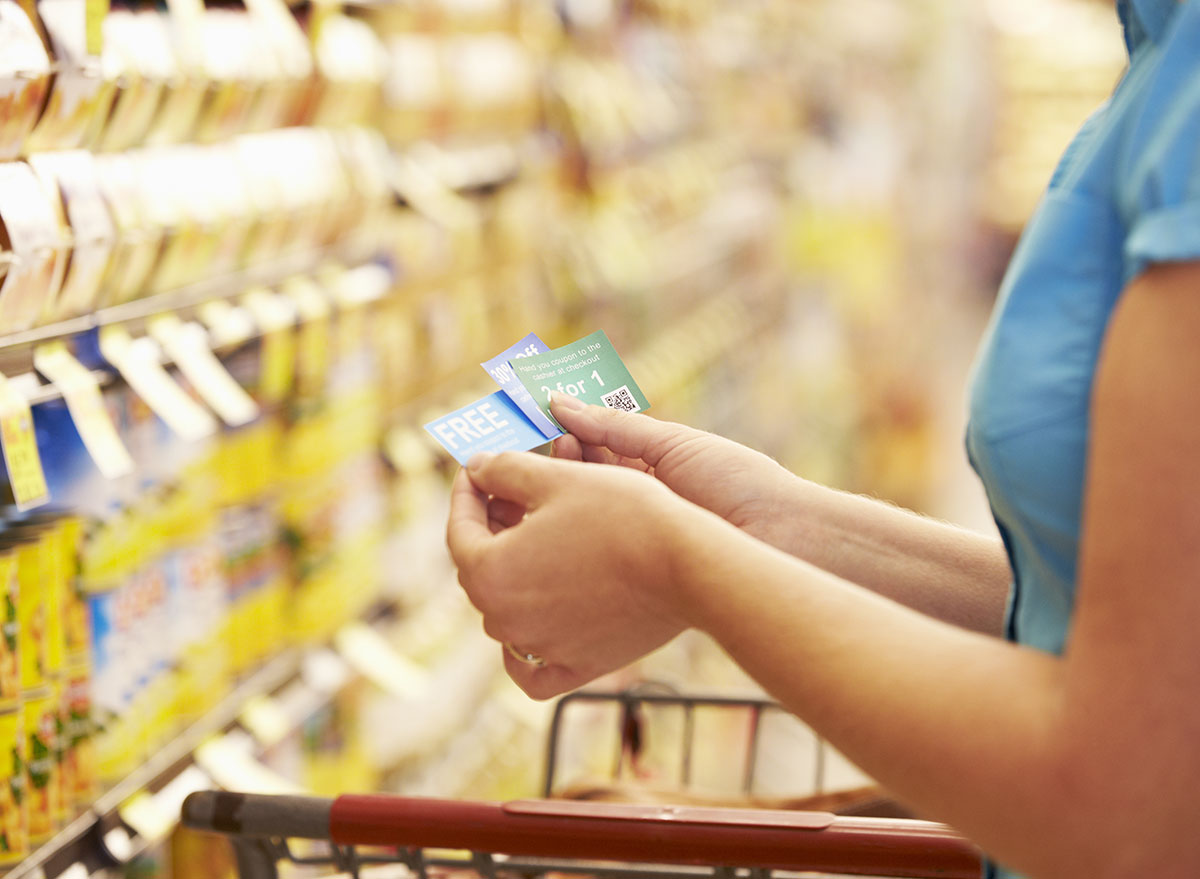
There's a reason companies have been built to aggregate coupons: they're useful for keeping a budget healthy and thriving. Whether you go old school and clip them or download them to your phone into a savings app, Skirboll says the extra energy and effort can be well worth it.
Another compelling idea, according to Bodge, is creating your own sale. You can do this by shopping with a discounted gift card. You can buy these for Whole Foods, Kroger, Costco, and other stores via GiftCardGranny or like sites. Rather than paying $50 for a $50 gift card, you can pay $40. This alone puts money back into your wallet.


